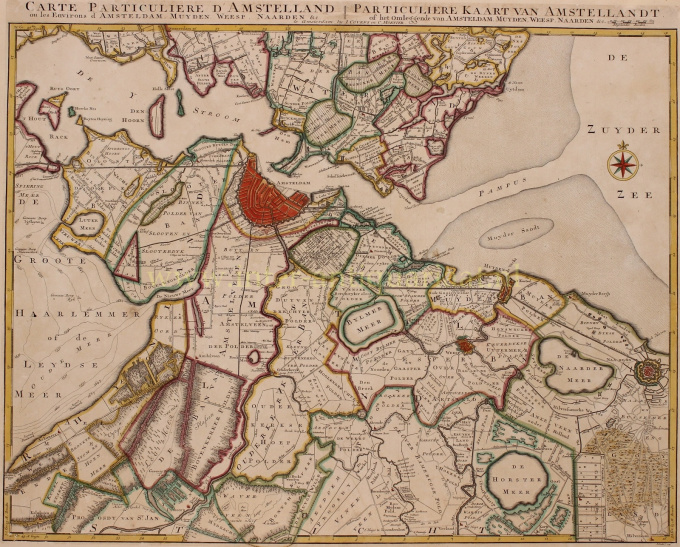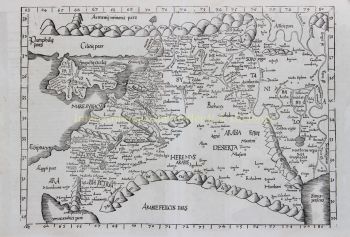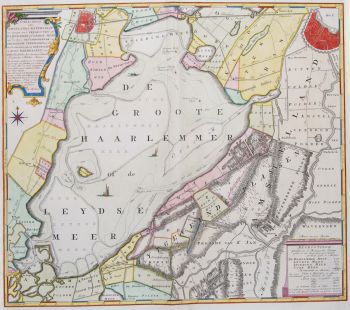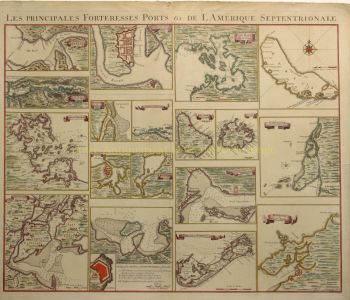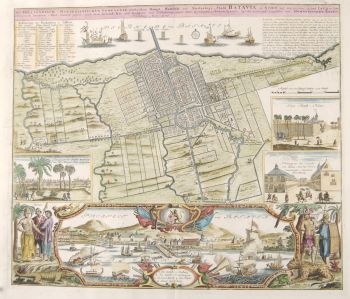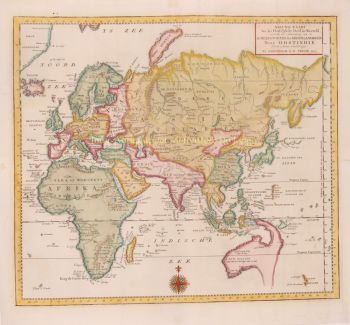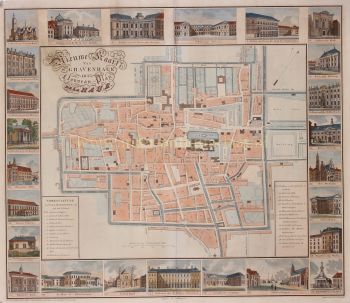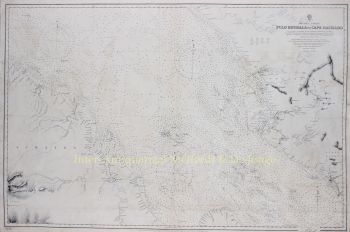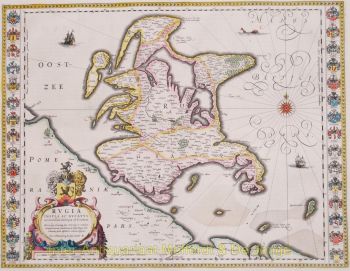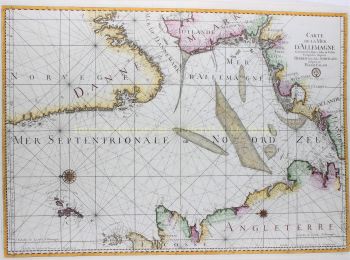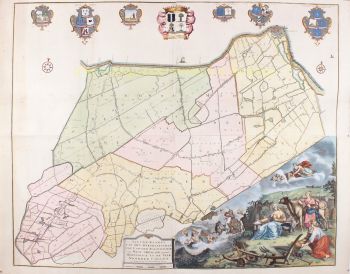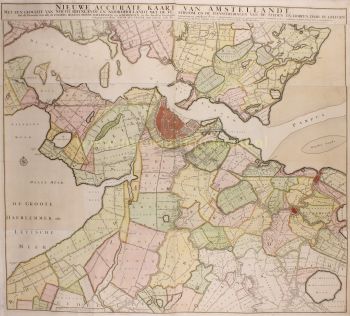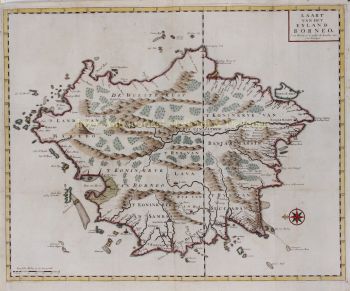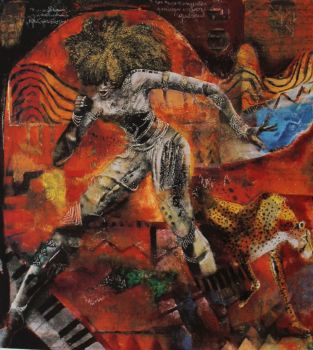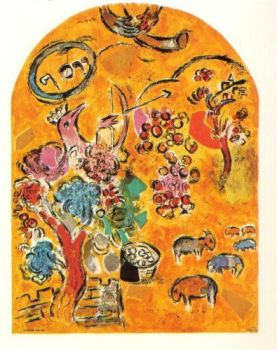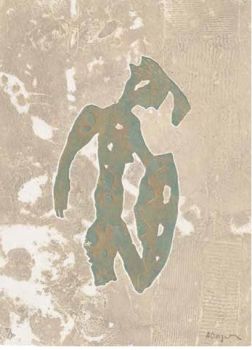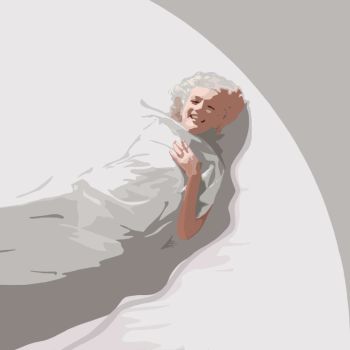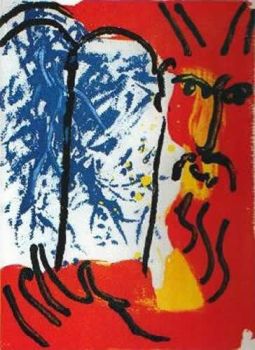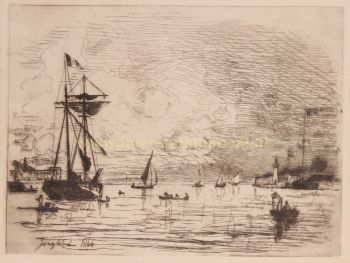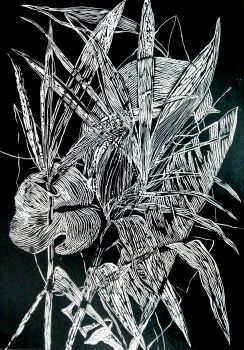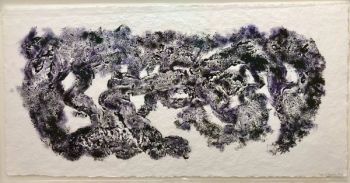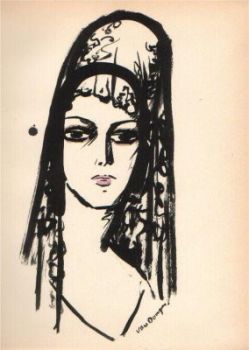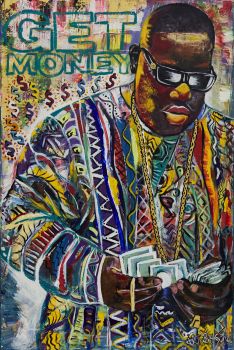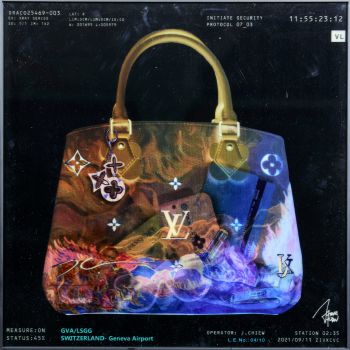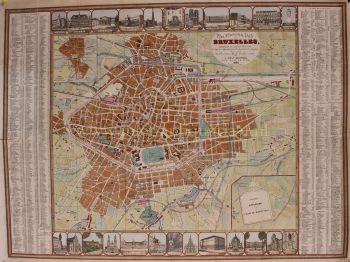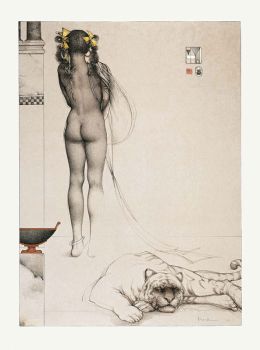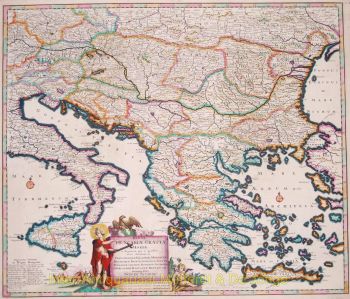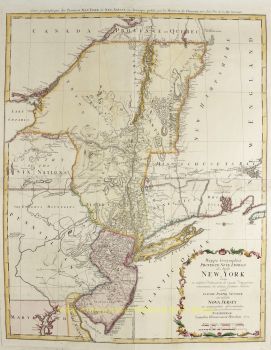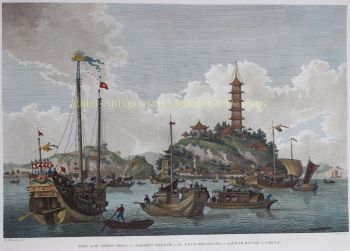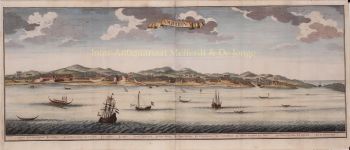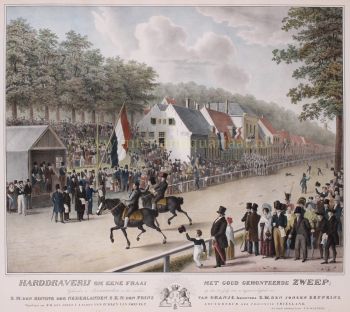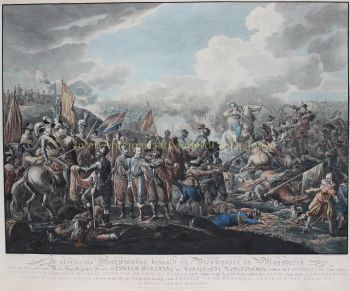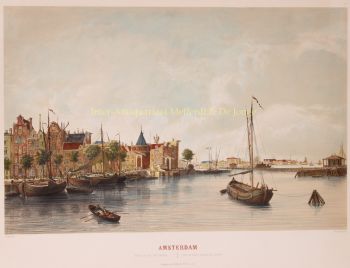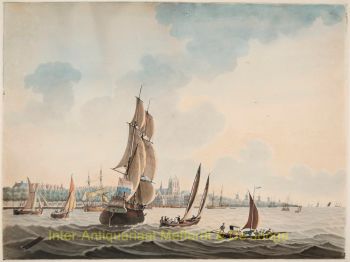Amstelland 1749
Covens and Mortier
Impresión
52 ⨯ 64 cm
€ 1.950
Inter-Antiquariaat Mefferdt & De Jonge
- Sobre la obra de arteCarte Particuliere d'Amstelland ou les Environs d'Amsterdam, Muyden, Weesp, Naarden &c. / PARTICULIERE KAART VAN AMSTELLANDT of het omleggende van Amsterdam, Muyden, Weesp, Naarden &c. [special map of the Amstelland area, or the surroundings of Amsterdam, Muiden, Weesp, Naarden, etc.) Copper engraving published in 1749 by Johannes Covens and Cornelis Mortier in Amsterdam. Coloured by a later hand. Size: 52 x 64,5 cm. This map shows the area south of Amsterdam where peat extraction has been taking place since about 1530. The increasing population and shrinking forest area had created a growing demand for peat as fuel. Entire villages perished from starvation for fuel. (See the "Geweeze Dorp Tamen -former village Tamen- north of Uithoorn.) The peat was dredged from below the water level and dried and processed on the narrow so called legakkers. The puddles created by peat (indicated on the map by with a frayed edge) are clearly visible at the bottom left of the map. Bijlmermeer, Naardermeer, Horstermeer and Haarlemmermeer (with smooth banks) on the other hand, were originally natural lakes in the peat area. Of all these ponds and lakes, only the Naardermeer is still a wetland. Literature: Donkersloot-De Vrij "De Vechtstreek" (1985), pp 110-111 Heinemeijer/Wagenaar "Amsterdam in kaarten" (1987), pp 98-101. Price: Euro 1.950,- (incl. frame)
- Sobre el artista
Covens and Mortier (1721 - c. 1862) fue una editorial de Ámsterdam, sucesora del extenso imperio editorial construido por Pierre Mortier (1661 - 1711).
El mapa de Covens y Mortier a menudo se critica como derivado, pero este no es completamente el caso. Pierre Mortier vivió en París desde 1681 hasta 1685. Allí estableció estrechas relaciones con los más grandes cartógrafos franceses de la época, incluidos De L'Isle y D'Anville.
Su modelo de negocio se basó en aprovechar la sofisticación y la tecnología de impresión holandesa para coeditar cartografía francesa de última generación. Tras la muerte de Mortier en 1711, su empresa pasó a manos de su hijo, Cornelius Mortier (1699 - 1783). Cornelius se casó con la hermana de Johannes Covens (1697 - 1774) en 1721 y, asociándose con su cuñado, estableció la firma Covens and Mortier.
Bajo el sello Covens and Mortier, Cornelius y Johannes continuaron con el modelo de Pierre de publicar las obras francesas más actualizadas con permiso. Rápidamente se convirtieron en una de las editoriales holandesas más grandes y prolíficas del siglo XVIII.
La empresa y sus sucesores publicaron miles de mapas durante un período de 120 años, desde 1721 hasta mediados del siglo XIX. Durante su larga vida, la firma Covens and Mortier publicó como Covens and Mortier (1721 - 1778), J. Covens and Son (1778 - 94) y Mortier, Covens and Son (1794 - c. 1862).
¿Está interesado en comprar esta obra de arte?
Artwork details
Related artworks
- 1 - 4 / 7
- 1 - 4 / 24
- 1 - 4 / 24
- 1 - 4 / 12

